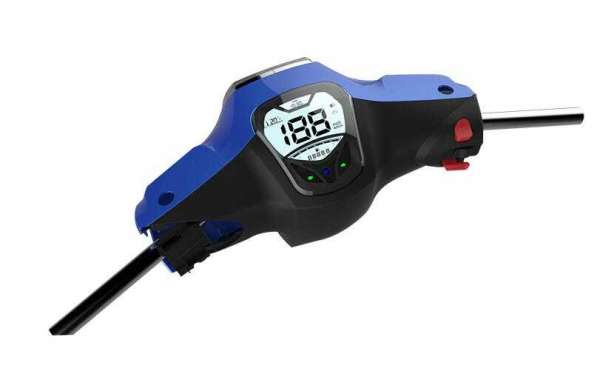Regulating the speed of a vehicle by referring to a car's speedometer comes naturally to any driver. In fact, without the speedometer, it would be impossible to drive on the roads without breaking the speed limit. So where did this essential item of measurement originate?
The Origins of the Speedometer
The speedometer is a gauge that measures and displays the instantaneous speed of a vehicle. It was first patented by German engineer Otto Schulze in 1902 and became a standard fitting in most vehicles from around 1910 onwards. The original mechanical speedometers used the principles of magnetism with a cable that spun a magnet that had a balanced copper or aluminum cup (called a speedup) mounted above and attached to a pointer. As the magnet rotated near the cup, the changing magnetic field produced eddy currents in the non-ferrous metal cap, which produce themselves another magnetic field. The effect is that the magnet exerts a torque on the cup, dragging it, and therefore the speedometer pointer, in the direction of its rotation with no mechanical connection between them. The counters were driven by gearing linked to the output of the vehicle's transmission.
Modern speedometers are mainly electronic with a rotation sensor mounted in the transmission delivering a series of electronic pulses whose frequency corresponds to the rotational speed of the drive shaft, and therefore the vehicle's speed. The pulses are converted into speed by a computer and the displays the speed on an electronically controlled, analog-style needle or digital display.
Taizhou Yongchang Instrument Manufacturing Co., Ltd. is a digital speedometer supplier and Water level electrode and other products, welcome to visit our official website.








